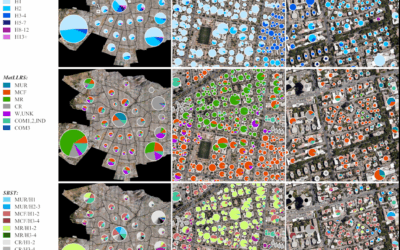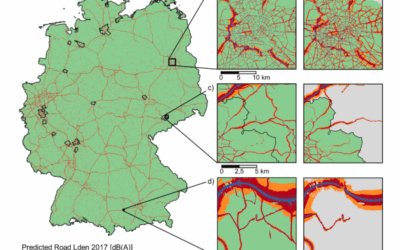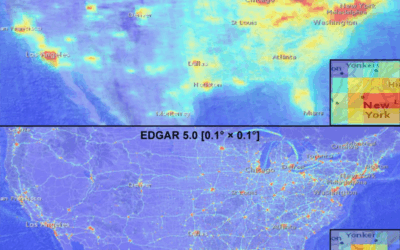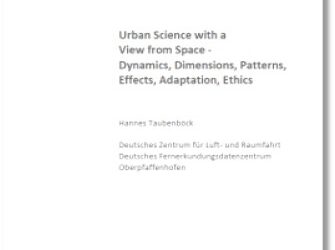A recent paper published by Forestry and featuring Dr. Hooman Latifi from Dept. of Remote Sensing presents novel results of estimating most relevant forest inventory attributes from very high resolution stereoscopic satellite imagery. The paper couples a systematic review of the state-of-the-art in photogrammetry-basad forest attribute estimation, a case study in southwestern Germany and an expert survey on the potenaitls and pitfalls of remote sensing-assisted forest inventory, in which internationally renowned peers from all over the world took part.

Area-based predictions of tree species, aboveground biomass and tree density based on WorldView-2 stereo data
The modeling/classification results were comparable to earlier studies in the same test site, obtained with more expensive airborne acquisitions. All in all, the study concludes that the simpler acquisition, reasonable price and the comparably easy data format and handling of VHRSI compared with other sensor types justifies further research on the application of these data for supporting operational forest inventories. The fulltext version of the paper together with the supplementary material can be found here.
Fassnacht, F.E., Mangold, D., Schäfer, J., Immitzer, M., Kattenborn, T., Koch, B and Latifi, H. 2017. Estimating stand density, biomass and tree species from very high resolution stereo-imagery – towards an all-in-one sensor for forestry applications? Forestry, DOI: 10.1093/forestry/cpx014







